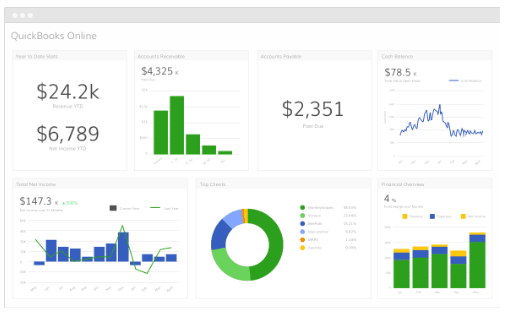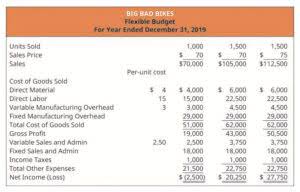Types of Liability Accounts List of Examples Explanations Definition

These debts typically become https://dev-abirebaral.pantheonsite.io/how-to-do-payroll-for-a-construction-company-tips/ due within one year and are paid from company revenues. Accrued expenses are listed in the current liabilities section of the balance sheet because they represent short-term financial obligations. Companies typically will use their short-term assets or current assets (such as cash) to pay them. Liabilities represent what you owe to others, whether as a financial obligation due to borrowing or as a legal commitment.
What Are Some Common Examples of Current Liabilities?
- They can be listed in order of preference under generally accepted accounting principle (GAAP) rules as long as they’re categorized.
- They’re recorded on the right side of the balance sheet and include loans, accounts payable, mortgages, deferred revenues, bonds, warranties, and accrued expenses.
- Liabilities appear on the balance sheet, while expenses are on the income statement.
- Assets are what a company owns or something that’s owed to the company.
- AT&T clearly defines its bank debt that’s maturing in less than one year under current liabilities.
- Otherwise, it is classified as a non-current liability.
They include tangible items such as buildings, machinery, and equipment as well as intangibles such as accounts receivable, interest owed, patents, or intellectual property. Liabilities refer to economic obligations of an entity. Also, if cash is expected to be tight within the next year, the company might miss its dividend payment—or at least not increase its dividend.

Examples of Long-Term Liabilities
- Ideally, suppliers would like shorter terms so they’re paid sooner rather than later because this helps their cash flow.
- Liabilities can include future services owed, short-term or long-term loans, or unsettled obligations from past transactions.
- A company might take out debt to expand and grow its business or an individual may take out a mortgage to purchase a home.
- It can be used to finance payroll, payables, inventories, and other short-term liabilities.
- Right now it’s important just to know the basic concepts.
- Examples of current liabilities are accrued expenses, taxes payable, short-term debt, payroll liabilities, and dividend payables, among others.
Investors and creditors analyze current liabilities to understand more about a company’s financials. Banks, for example, want to know before extending credit whether a company is collecting—or getting paid for—its accounts receivable in a timely manner. On-time payment of the company’s payables is important as well. Both the current and quick ratios help with the analysis of a company’s financial solvency and management of its current liabilities. Conversely, companies might use accounts payable as a way to boost their cash.

Comparing Current and Non-Current Liabilities
- A wine supplier typically doesn’t demand payment when it sells a case of wine to a restaurant and delivers the goods.
- It can be real like a bill that must be paid or potential such as a possible lawsuit.
- However, if one of those company’s debt is mostly short-term debt, it might run into cash flow issues if not enough revenue is generated to meet its obligations.
- A liability is something that a person or company owes, usually a sum of money.
- Current liabilities are due within a year and are often paid using current assets.
The treatment of current liabilities varies by company and by sector and industry. Current liabilities are used by analysts, which of the following accounts is a liability? accountants, and investors to gauge how well a company can meet its short-term financial obligations. An expense is the cost of operations that a company incurs to generate revenue. Expenses are related to revenue, unlike assets and liabilities.

Understanding the Mechanism of Liabilities
Companies might try to lengthen the terms or the time required to pay off the payables to their suppliers as a way to boost their cash flow in the short term. Any liability that’s not near-term falls under non-current liabilities that are expected to be paid in 12 months or more. Long-term debt is also known as bonds payable and it’s usually the largest liability and at the Bookkeeping vs. Accounting top of the list.
